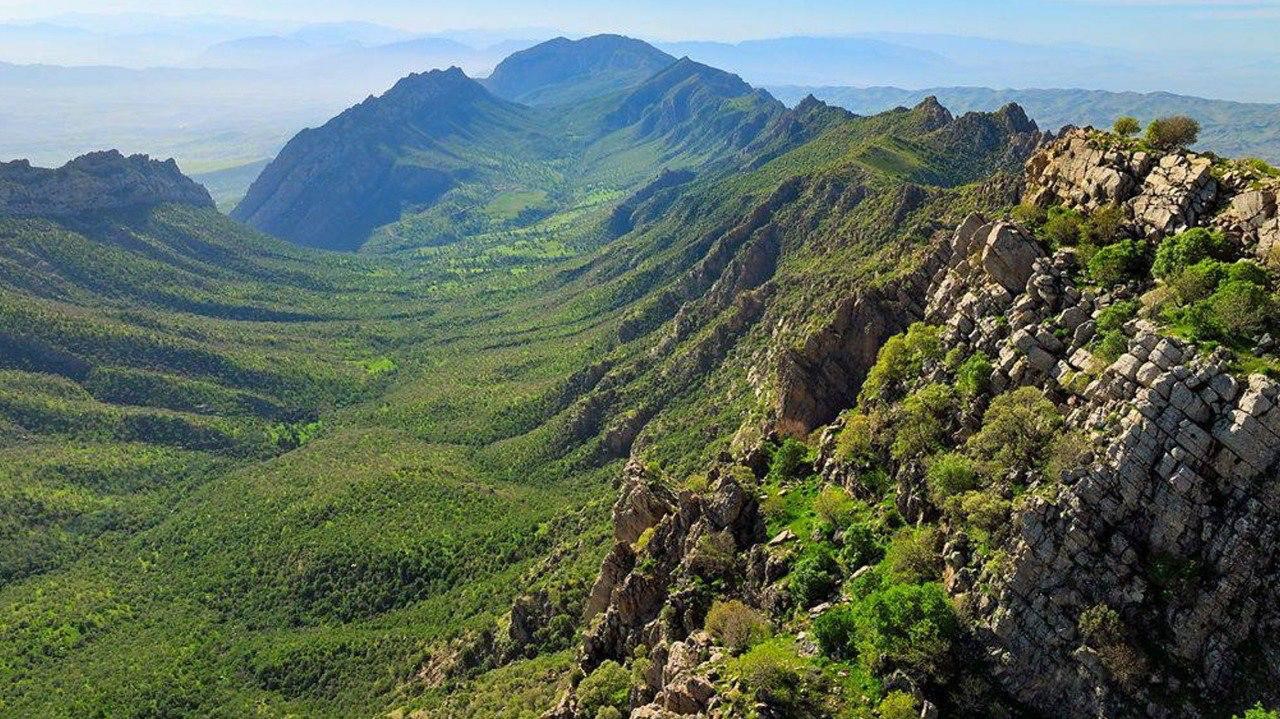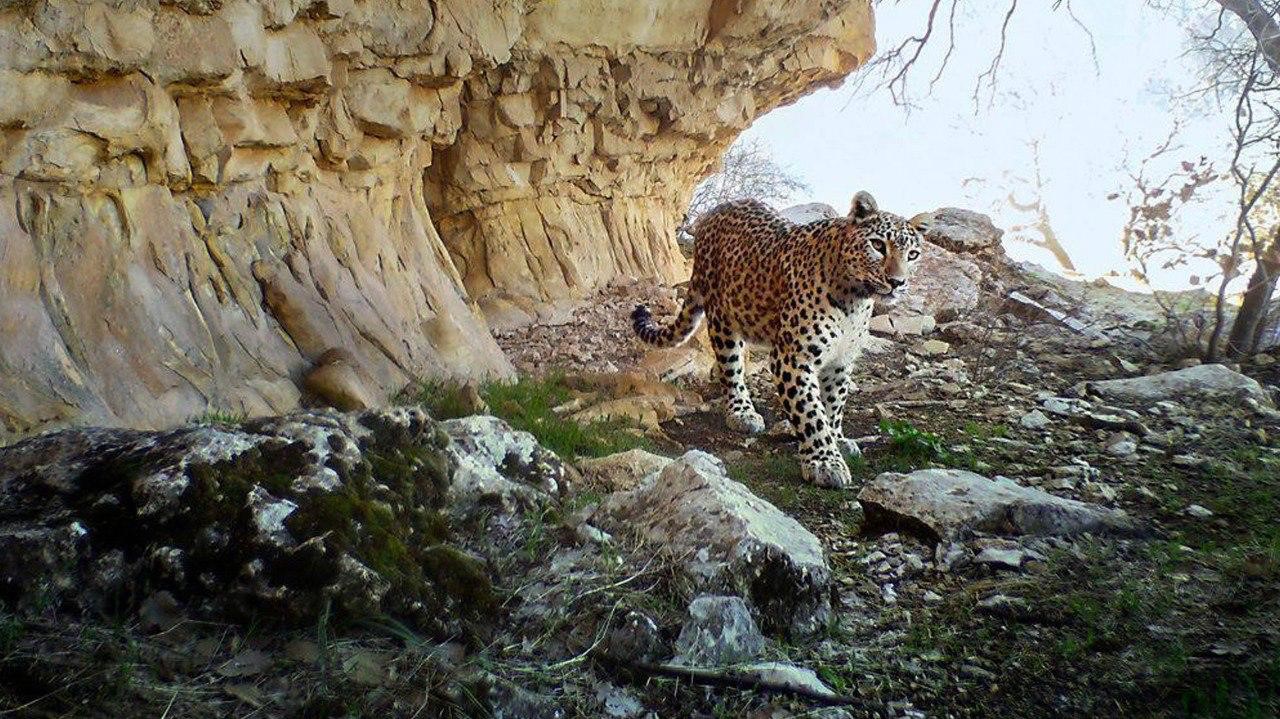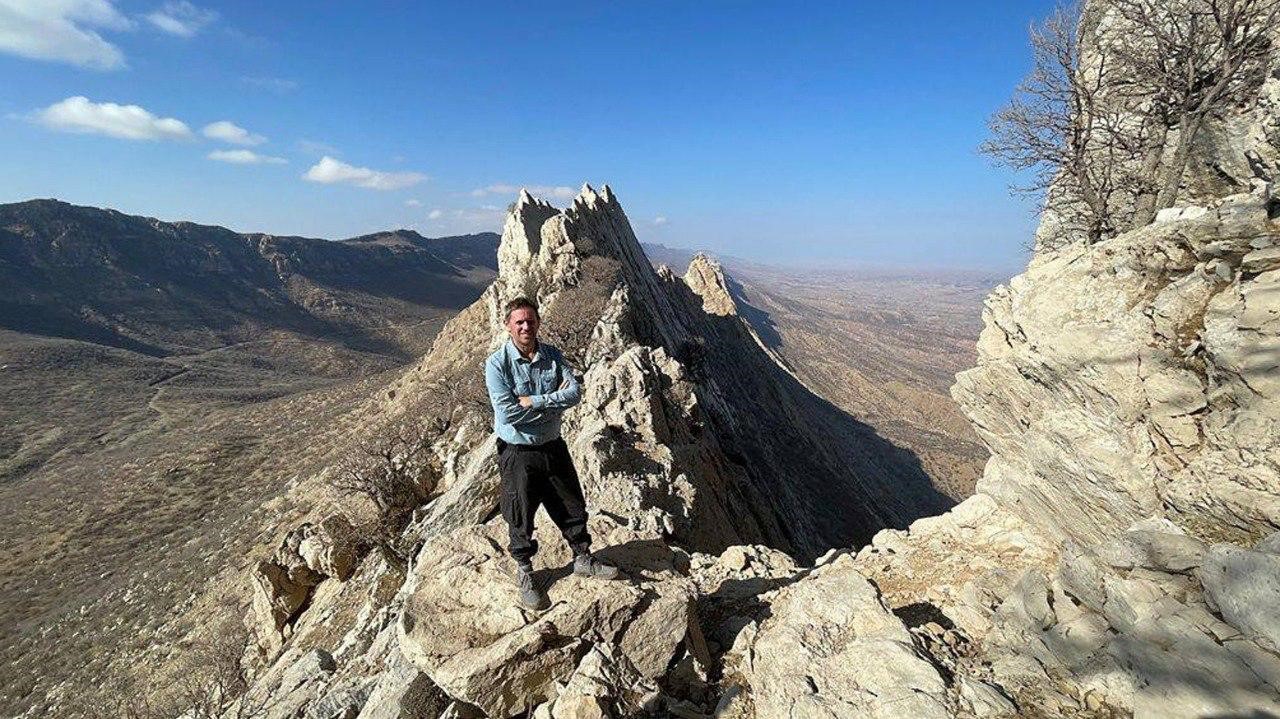Documentary film on BBC about Kurdistan region’s natural world
“Such a wealth of wildlife, and found extraordinary unseen animal behaviour, which was not revealed by others before.” Quated by the British team about that area of Kurdistan Region

ERBIL, Kurdistan Region (Kurdistan 24) – Sir David Attenborough, the British broadcaster, biologist and natural historian, who is best known for writing and presenting the wildlife and natural history documentaries on BBC, recently explored Kurdistan Region’s natural world.
In his seventh-part series, Sir Attenborough explored the amazing wildlife and natural wonders in the highlands of the Kurdistan Region.
Across the seven episodes which was about exploring the remarkable part of the earth planet all over Asia from east to its west (Kurdistan highlands).
The journey was made by a special and trained team of filming, across Asia’s most stunning landscapes (as descried by the team).
They had had a contact with a Kurdish female conservation Biologist, Hana Raza who discovered Persian leopards inhabiting the region, that part is known for oak and pistachio mountain areas.
The series was recorded, detailed and witnessed by the Kurdish-British teams, for more than 18 months just before 2023-2024, “such a wealth of wildlife, and found extraordinary unseen animal behaviour, which was not revealed by others before.” Quated by the British team.
“Colourful, diverse highland, the range of habitats is fascinating and exceptional” Sir Attenborough and his filming team said.
These landmark series are popular all over the world
The team, especially, Sir David Attenborough flew to the Middle East in the recent years, to explore, search and write up as the part of the series Mammals. For eighteen months, he and the teams continued monitoring the camera.
The program has become more popular all over the world, the team that was led by Patrick Evans, was observing and filming a family of Persian leopards whilst learning Kurdish.
Despite the fact of the leopards were rarely, if ever seen in Kurdistan Region, and the place where the leopards had most recently been documented in was considerably not quite safe due to the bordering with Iran and Turkey, as well as fighting during the Iran-Iraq War back to 1980s which was littered with unexploded mines.
Brothers Bahez and Nabaz Faruq, were local Kurdish resident in the area helped the British team till the last day of their environmental mission.
“Beyond Qara Dagh, we travelled to the border with Iran. Accompanying us were Hana, translator and camera assistant Bnwar Abdulrahman, and several armed members of the Kurdish Asaish Security Forces, who volunteered to help protect us. They also provided us with many generous meals, including arranging a barbecue of fish on the top of the mountain, on a mist-shrouded wintry day. It was surreal, but quite delicious.” Sir Attenborough team said.


